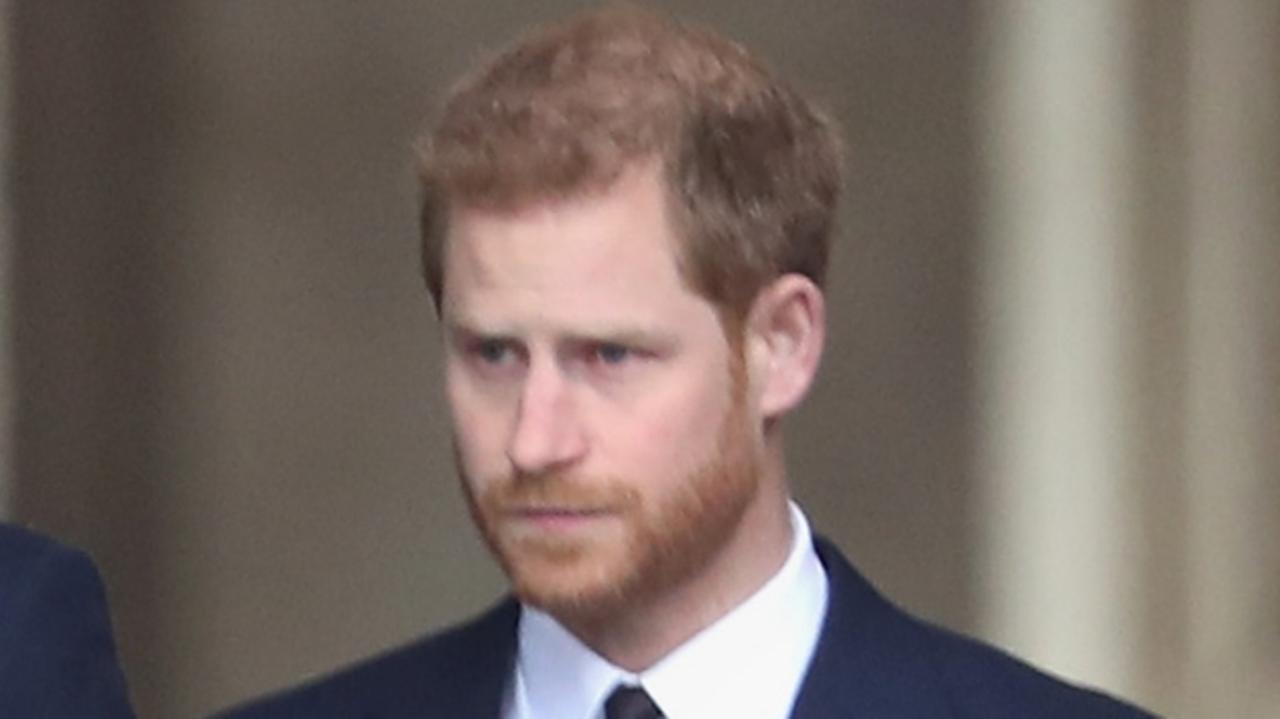‘Reluctant to invest’: Melbourne landlords remain under siege as median rents decline in 30+ suburbs
The median rent in dozens of Melbourne suburbs has fallen by as much as $100 per week, due to factors that have been labelled “just ridiculous”, but also making Victoria a “bargain” for interstaters.

Experts have warned the Victorian government’s attitude towards landlords and the state’s weak economy is deterring Melburnians from investing in their own city.
And new PropTrack research shows median weekly rents have decreased or remained flat in more than 30 Melbourne suburbs in the 12 months to February, meaning investors could be losing money in these areas.
Caulfield houses led the charge with median weekly rents dropping from $975 to $875, equating to a 10.3 per cent fall – or a $100 loss per week.
RELATED: Victorian tenants slugged an extra $2600 a year in rent in these suburbs
Long-time renter Sophie outraged by housing crisis after being homeless six times
Melbourne property: where to buy a home at 2015 prices
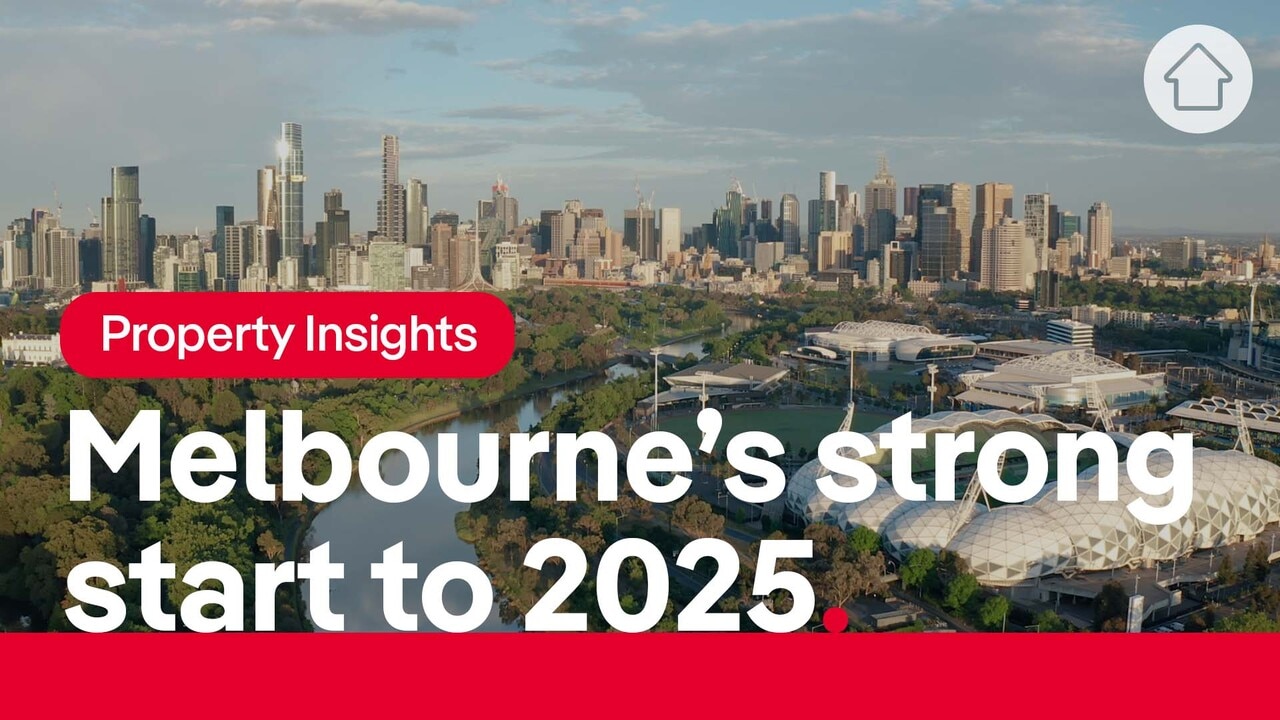
Median house rents in Kew East, McKinnon, Aberfeldie, West Melbourne, North Melbourne, Cremorne and Middle Park declined between $20 and $60 per week, with Mooroolbark units’ median rent dwindling $45 per week.
Propertyology’s head of research Simon Pressley said the total amount of Victorian properties available shrunk by a concerning amount.
Figures from the national investment advice firm and buyers’ agency show that the state’s private rental pool held 706,892 residences in 2022, compared to 658,106 residences in 2024. That’s a loss of more than 48,700 homes across two years.
“Many former landlords got fed up with onerous rental legislation and taxes, so they sold over the last few years,” Mr Pressley said.

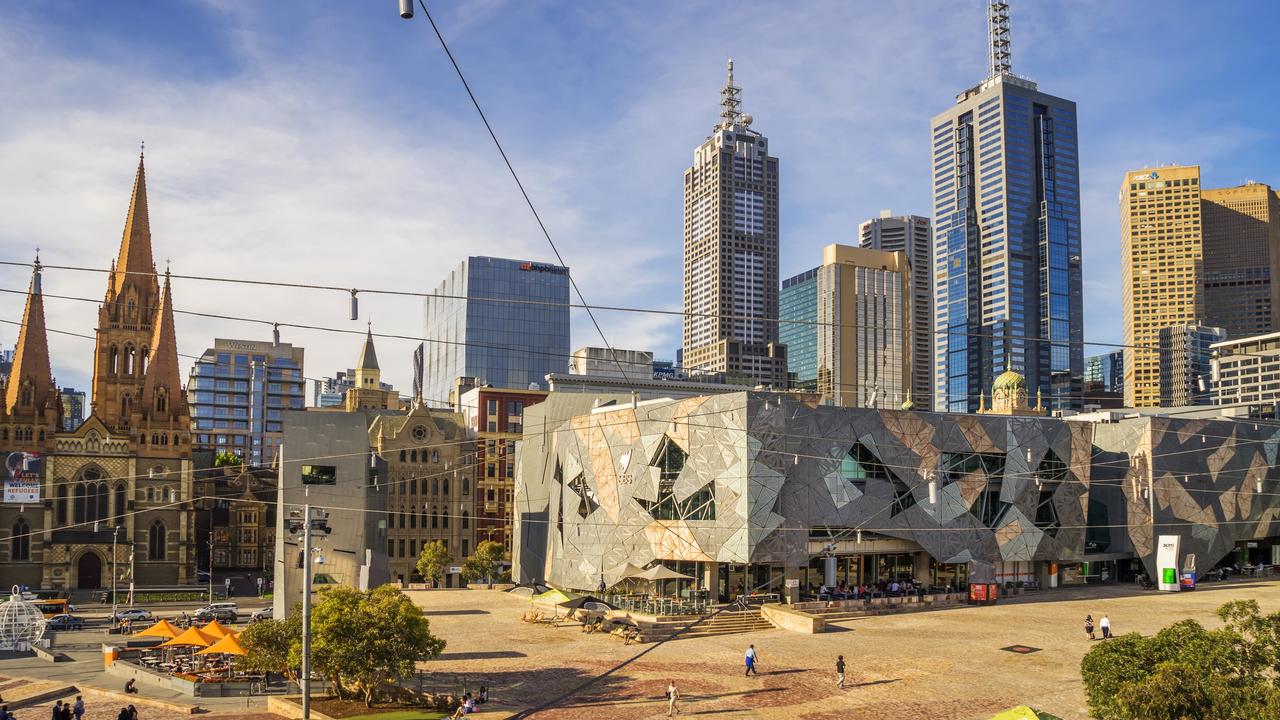
In the past six years, the Victorian government has reformed laws to give tenants more protections, implementing more than 130 legislation changes in the process.
Also, Premier Jacinta Allan’s government introduced higher land taxes on investment or secondary properties worth $50,000 or more.
“Local residents of Melbourne remain reluctant to invest,” Mr Pressley said.
“The weak Victorian economy combined with government attitudes towards investors has discouraged participation.”
First-home buyer activity has solidified, meaning many no longer need rental accommodation, and anecdotal evidence suggests interstate investors are showing interest in Melbourne on the assumption that it will be a “bargain”.
“Relative to the rest of Australia, Melbourne’s property market is likely to continue to underperform,” Mr Pressley said.
“Unfortunately, the very high state government debt, high tax environment, fingernail-deep pipeline of major projects and generally soft local economy are not good ingredients.”

He added that it was important for anyone thinking of investing in a particular suburb to research why its median rents might have fallen or risen in recent years.
While lowered rents could be a positive sign that many first-home buyers have put down roots in the area, it could also mean a lot of tenants have left.
Property Investors Council of Australia board director and Empower Wealth founding and managing director, Ben Kingsley, said that five key factors affected the rental market’s ups and downs: population movement, renters moving on to buy their own homes, average household numbers growing or shrinking (such as sharehouses), the supply of new accommodation and the existing accommodation supply.
“Anywhere that rents are going down indicated a possible oversupply of rentals in that area,” Mr Kingsley said.

Aside from a “purple patch” of Melbourne renters graduating to homeownership recently, the Australian government’s introduction of a cap limiting new international students commencing university in the nation during 2025 would also be affecting rents.
Mr Kingsley said this would especially apply to areas where students traditionally lived, in suburbs close to universities and Melbourne’s CBD.
However, Property Investment Professionals of Australia board member and buyers’ advocate Cate Bakos said that interstate-based investors were currently keen on Victorian properties.
“We’re getting a lot of interstate people wanting to buy houses at lower prices, there’s a lot of activity in Melbourne’s outer north and west,” Ms Bakos said.
However, Ms Bakos said she had not observed rents dropping in Melbourne suburbs but rather noticed that individual suburbs’ rents had either grown or stabilised across the last six months.

Melbourne rich lister and regular The Block buyer Danny Wallis is making moves to offload his portfolio of investment homes across the state.
“I wouldn’t invest in Victoria, full stop,” he said.
Mr Wallis described the government’s decision this month to introduce a new property tax to replace the Fire Services Property Levy, as “just ridiculous”.
Under legislation introduced to parliament, an expanded Emergency Services and Volunteers Fund would charge landlords a higher sum than owner-occupiers, in an effort to raise more than $2bn to fund Victoria’s emergency services.
If the bill is passed, the increased taxes would come into effect on July 1.
Mr Wallis also criticised government policy that financially penalises investors for leaving a house sitting vacant even if it does not meet basic living standards, as required under the law, for reasons such as heritage concerns impacting upon renovations.
Where weekly rents have dropped or stayed flat in last 12 months (to Feb 2025)
Caulfield houses
Median weekly rent February 2024: $975
Median weekly rent February 2025: $875
Decrease: $100 per week
Kew East houses
Median weekly rent February 2024: $950
Median weekly rent February 2025: $890
Decrease: $60 per week
McKinnon houses
Median weekly rent February 2024: $990
Median weekly rent February 2025: $930
Decrease: $60 per week
Aberfeldie houses
Median weekly rent February 2024: $750
Median weekly rent February 2025: $720
Decrease: $30 per week
West Melbourne houses
Median weekly rent February 2024: $723
Median weekly rent February 2025: $700
Decrease: $23 per week
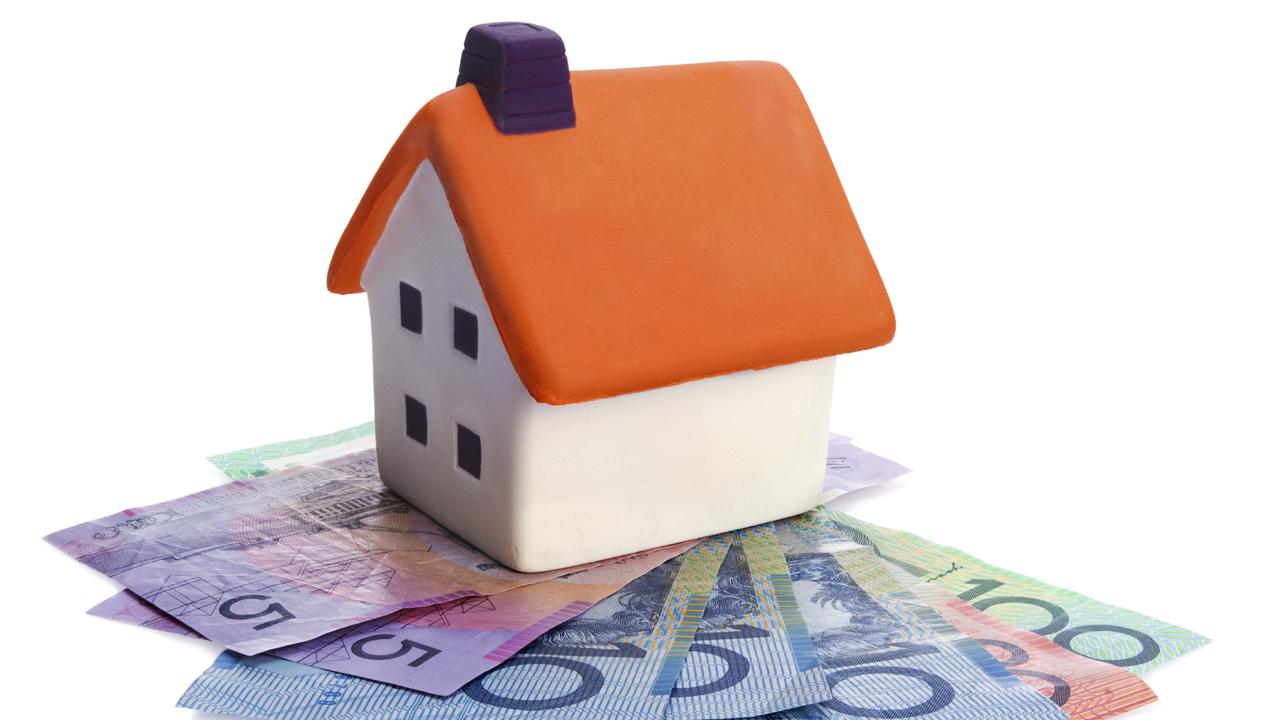
Eltham houses
Median weekly rent February 2024: $690
Median weekly rent February 2025: $670
Decrease: $20 per week
North Melbourne houses
Median weekly rent February 2024: $740
Median weekly rent February 2025: $720
Decrease: $20 per week
Cremorne houses
Median weekly rent February 2024: $800
Median weekly rent February 2025: $780
Decrease: $20 per week
Middle Park houses
Median weekly rent February 2024: $970
Median weekly rent February 2025: $950
Decrease: $20 per week
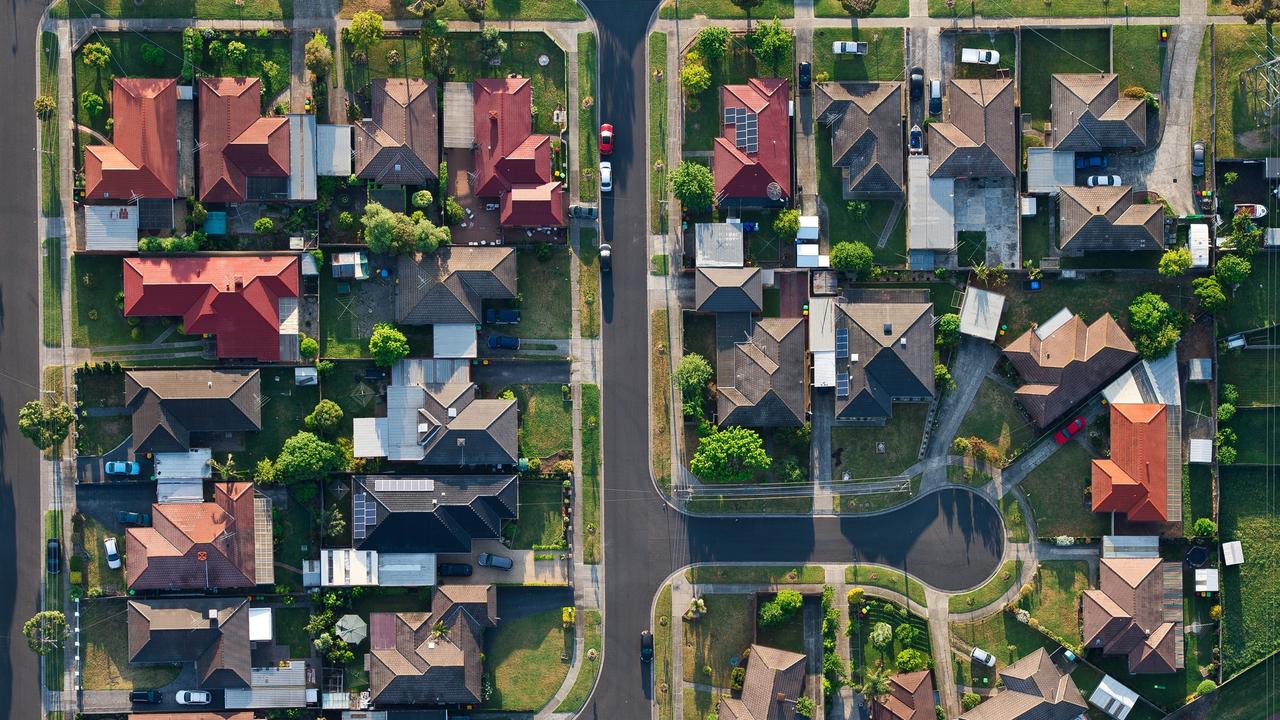
Mooroolbark units
Median weekly rent February 2024: $540
Median weekly rent February 2025: $495
Decrease: $45 per week
South Kingsville units
Median weekly rent February 2024: $438
Median weekly rent February 2025: $425
Decrease: $13 per week
Templestowe Lower units
Median weekly rent February 2024: $650
Median weekly rent February 2025: $640
Decrease: $10 per week
Ivanhoe East units
Median weekly rent February 2024: $553
Median weekly rent February 2025: $545
Decrease: $8 per week
Ashwood units
Median weekly rent February 2024: $635
Median weekly rent February 2025: $630
Decrease: $5 per week
Suburbs where rents have remained flat across the 12 months for either houses or units (including apartments): Sandringham, Docklands, Brunswick, Flemington, Templestowe Lower, Windsor, Springvale South, McCrae, Hampton Park, Newport, Abbotsford, Coburg North, South Melbourne, Hampton East, Canterbury, Elsternwick, Sorrento.
Source: PropTrack
–
Sign up to the Herald Sun Weekly Real Estate Update. Click here to get the latest Victorian property market news delivered direct to your inbox.
MORE: What it really costs each month to own an investment property
Mill Park ‘Mad Mouse at Moomba’: Owner’s secret to securing $177k windfall at auction
‘Absolutely diabolic’: Pensioner forced to access home via tunnel
Originally published as ‘Reluctant to invest’: Melbourne landlords remain under siege as median rents decline in 30+ suburbs



